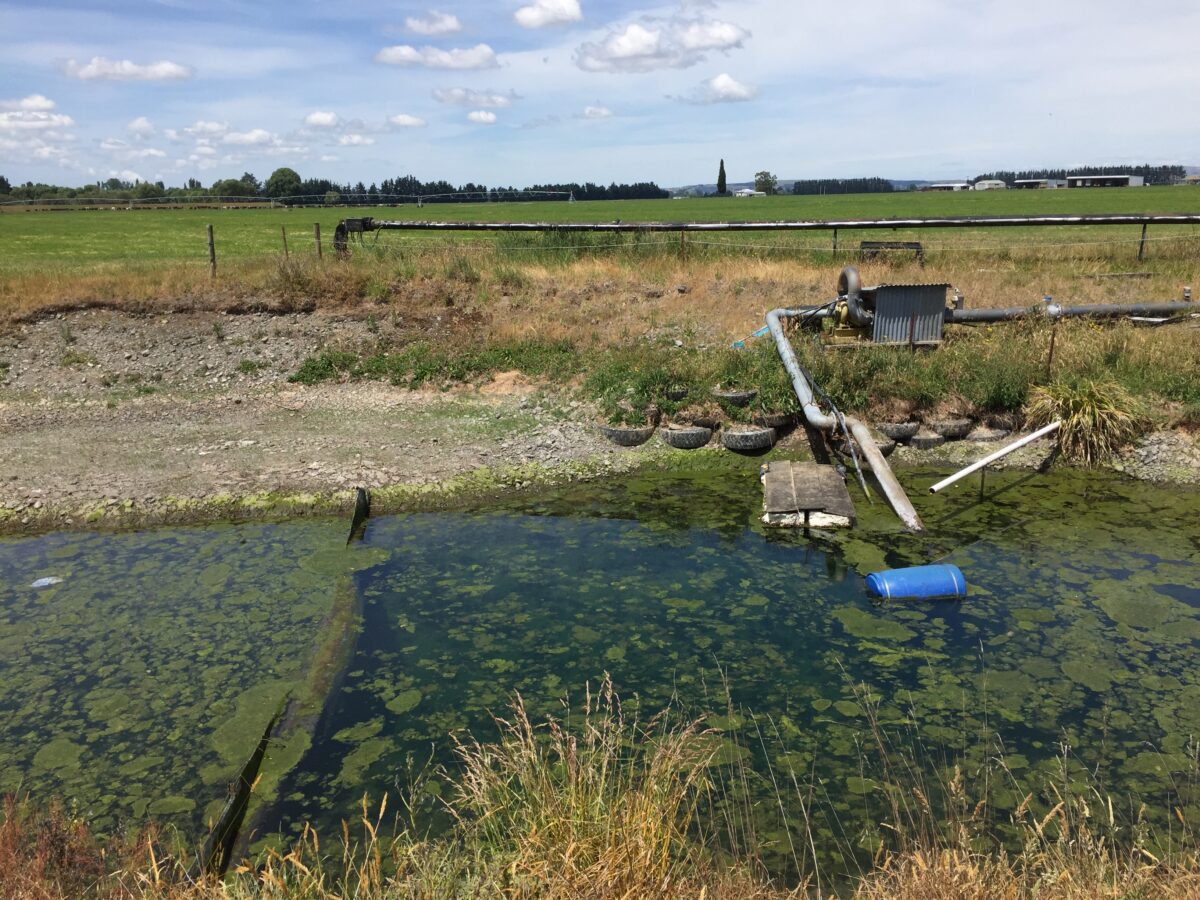What is Overseer and why should you care?
In a week where the UN’s Intergovernmental Panel on Climate Change warned us of accelerating global environmental disaster and closer to home Napier City Council once again warned us to stay away from the city’s fouled waterways, you probably missed the death knell that sounded for another environmental institution, Overseer.
Overseer is a software planning tool used by most if not all farmers in New Zealand – and by regional councils to regulate them (i.e., set nutrient loss limits) and enforce compliance.
But now it has been officially declared by a Scientific Advisory Committee (commissioned by MfE and MPI) to be, well, rubbish.
After identifying eight specific concerns with the Overseer model, the Committee concluded:
“As a result of these concerns, we do not have confidence that Overseer’s modelled outputs tell us whether changes in farm management reduce or increase the losses of nutrients, or what the magnitude or error of these losses might be.”
Wow! This like being told all the Covid testing done to date has been flawed. Every speeding ticket was based on mis-calibrated radar guns. Every petrol pump was over-charging.
For years farmers have complained that they were forced to use this tool – because there simply wasn’t another more suitable one – for the unintended purpose of measuring and reporting their nutrient (nitrogen) losses … and being held accountable for those.
Farmers said Overseer didn’t reflect observable reality on their land.
Many in the science and regulatory community have agreed, but the owners of Overseer – Ministry for Primary Industries, AgResearch, and the New Zealand Phosphate Company/Fertiliser Association (an association funded by fertiliser companies Ballance Agri-Nutrients and Ravensdown) have always kept its inner workings largely secret — “proprietary”.
But finally the black box was opened for review, which appears to have confirmed everyone’s worst suspicions.
It’s not clear where farmers and regulators go from here. Farmers will challenge regulatory regimes based on indefensible measurement.
The Regional Council’s chief executive, James Palmer acknowledged the new uncertainties in a statement, but, promising to work closely with farmers, said work must go on to protect waterways:
“The results of the review are particularly relevant for our assessment of Tukituki land use consent applications which will likely need to be revised, based on the future development pathway of Overseer.
“The Scientific Advisory Panel is concerned with Overseer’s model structure and found that it doesn’t provide reliable estimates of nitrogen loss in a range of situations. However, the Government has made it clear that it will redevelop Overseer until it is fit for purpose, or a new tool is developed.
“For us, this means we will continue to implement our Tukituki plan as the law requires us to, and farmers can still use Overseer to collate and record farm data.”
The Review findings and implications for HB farmers are explained fully here on the HBRC website.
Environmentalists too have been dubious about Overseer, also wanting a measurement tool and enforcement mechanism, but suspicious of its fertiliser owner/developers. Says Forest & Bird advocate Tom Kay: “The results of this review show how difficult it can be to quantify nutrient losses at a farm level and why peer review and transparency for software used for regulation is so important.”
Environmentalists now more than ever want to know precisely what’s being leached into our soils and waterways. They want to move away entirely from trying to measure the effects (a key premise of RMA-based regulation) of farm-specific practices and instead regulate the inputs/causes that originate the problem – such as the new limits on how much nitrogen fertiliser can be applied per hectare.
Kay argues: “We should put rules in place to restore our rivers that don’t rely on individual farms using an inaccurate model to work out their pollution. We need to stop pollution at its source with limits on polluting inputs going into our farming systems, like the limit recently introduced for synthetic fertiliser.”
Regulators and farmers have traditionally loathed this approach, because it effectively would put regulators in the position of telling farmers how to farm.
However, in the end that might prove to be a cleaner, more transparent way to control pollution for all parties concerned. And after all, there are not very many other businesses or sectors that escape this kind of health and safety ‘interference’ with their normal practices.


Hi Tom. Great article. As an OVERSEER user I’m surprised by the expert panel’s comment that ‘…we do not have confidence that Overseer’s modelled outputs tell us whether changes in farm management reduce or increase the losses of nutrients…’. In the opinion of many people involved in developing, using and testing OVERSEER, its strength is its ability to predict the percentage changes in nutrient loss associated with changes in farming practice. As such it has been, and should continue to be, a useful tool for both farmers and regulators. The comment ‘…what the magnitude or error of these losses might be…’ has some justification, as does the comment that OVERSEER works better for some soils/farming practices/weather (e.g., Waikato dairy farms where it was developed) than others (e.g. extreme rainfall, stony soils). Continuous monitoring of streams will provide information to managers but they still need to determine what contribution each farm draining to the stream makes – a non-trivial exercise that requires a quantitative understanding of how much leaves each farm, how long it takes nutrients to travel to the stream and how much is removed along the way. In my opinion OVERSEER has an important role to play helping both landowners to manage (reduce) on-farm nutrient losses, and managers to meet environmental targets. Babies and bathwater come to mind.